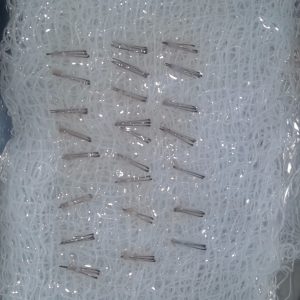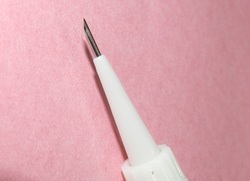Direct hair Transplantation technique is a modification of FUE hair transplant technique.
Introduction
Hair transplant is a surgical treatment of androgenetic alopecia or baldness. It is the only natural remedy for baldness which gives assured results for every person. Hair follicles or roots from the back and sides of the head are extracted and are implanted in the frontal bald area. There are two methods of extracting the follicles or grafts from the back of head. First method is follicular unit transplantation (FUT). In FUT, a strip of skin is harvested from the scalp. The second method is Follicular Unit Extraction (FUE). In this technique, individual follicular units are harvested one by one.
Direct Hair Transplantation
Success of hair transplant depends on the survival of extracted grafts. And survival of graft depends on many factors like handling of grafts, sterile conditions, temperature and maintaining the hydration for grafts. These factors affect the grafts when they are out of body. So if out of body time of the grafts is reduced then obviously the survival of grafts will improve. The time period between extraction of grafts and implantation is an important determinant of the survival rate. Reduction of this time period significantly improves the rate of graft survival by improving all the other factors. This leads to better growth of hair and better results.
To help in reducing the out of body time, a modification was done to existing Follicular Unit Extraction (FUE) technique. So essentially Direct Hair Transplantation technique is a modification of FUE technique.
In this technique, grafts are implanted as soon as they are extracted. Scoring the skin, graft extraction and implantation are performed simultaneously.

Grafts in Direct Hair Transplantation Technique
Another Modification in Direct Hair Transplantation technique is the use of specially designed implanters for implantation of the grafts. Each follicle is implanted with the help of special implanters to avoid the mechanical trauma to the grafts.

Check the results of Direct hair transplantation technique


